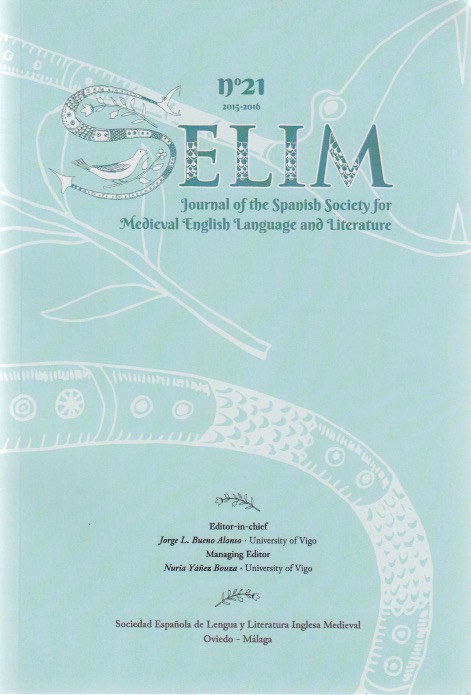Abstract
The study of the left periphery of subordinate structures in Old English is not an exhaustively explored field, and it has often been inaccurately described by grammars and manuals of this language. It has been almost unanimously admitted that subordination and topicalisation are mutually exclusive in Old English. Only a few authors admit that topicalisation and subordination can coexist in Old English, and not a single systematic study of this issue has ever been provided. Therefore, the main objective of this paper is to present accurate statistical data about the combinatiorial potential and distribution of preverbal arguments in Old English, highlighting the existence of structures that were thought to be forbidden in Old English syntax. Not only pronominal elements were found among those topicalised structures in subordinate sentences, but also syntactically complex and highly informative arguments. Thus, it is demonstrated that topicalisation is possible in Old English subordination.
Keywords: Old English; syntax; topicalisation; subordination; information structure




